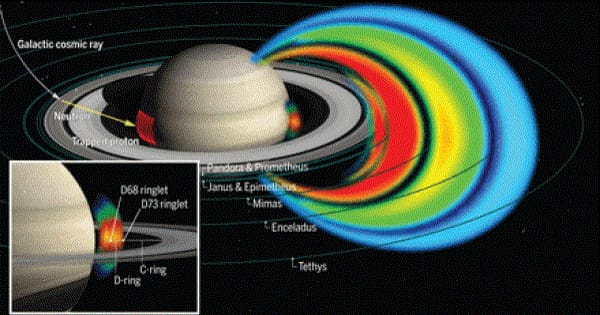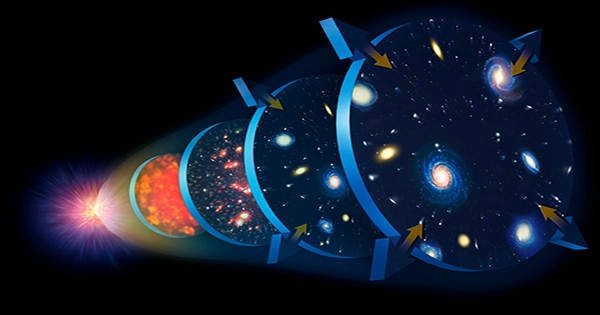Some galaxies should have a lot more activity than they do. In the very early cosmos, when making a lot of stars was the preferred thing to do, one of them was a population of huge galaxies. These galaxies, on the other hand, were “quiescent,” with little activity going on within them. Astronomers have now figured out why they’re acting this way: they’re running out of fuel. The light we see now was emitted between 10 and 12 billion years ago by the galaxies in the study, which was published in the journal Nature. This was the time when the vast majority of the universe’s stars originated, the so-called “peak of star formation” — yet these quiet galaxies are the exception.
These galaxies must have used up all of their cool gas, which is necessary for the formation of stars. It may seem contradictory, yet cold gas clouds are required for the formation of blazing, hot stars. Because the gas is cold, it condenses more easily and subsequently collapses into a large gravitational ball of matter. However, if the gas becomes too hot, it will expand out. As a result, galaxies eventually stop creating new stars.
In a statement, lead author Kate Whitaker, professor of astronomy at University of Massachusetts Amherst, said, “The most massive galaxies in our universe formed relatively early, right after the Big Bang erupted, 14 billion years ago.”
“However, they’ve gone dark for some reason. They aren’t generating new stars anymore.” Six of these galaxies were detected as gravitationally lensed by observations with the Hubble Space Telescope and the Atacama Large Millimeter/submillimeter Array (ALMA). The light from these distant galaxies is significantly clearer thanks to a foreground galaxy cluster that warps space-time. Better observations and the discovery that these galaxies have run out of gas were made possible as a result.
What happened to them is unknown. They swiftly grew to their astounding size, and then either consumed all of the cold gas available or pushed the rest away. It’s also plausible that something was preventing the galaxy from being “refueled,” preventing more gas from entering.
“Is it possible that a supermassive black hole in the galaxy’s core turned on and heated up all the gas? If that’s the case, the gas may still be present, but it’s now heated. It could also have been evicted and is now being prohibited from re-entering the galaxy. Or has the galaxy just consumed all of it, and the supply has been cut off? These are some of the unanswered concerns that we’ll continue to investigate as new data becomes available “Whitaker paused for a moment.
REQUIEM, which stands for resolving QUIEscent Magnified Galaxies at High Redshift, is an ideal backronym for the study of dead galaxies.
















